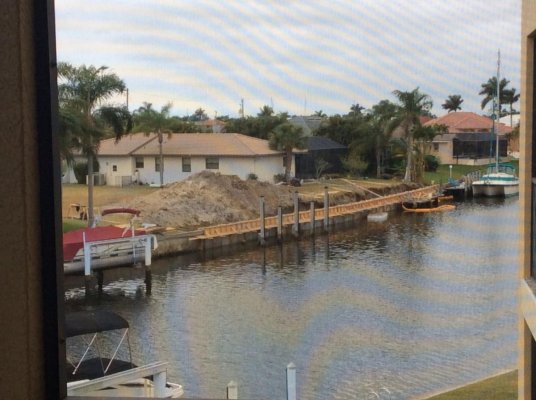..
It was the extreme low water that exacerbated the problem in Irma. The high winds pushed all the water off shore and the canals went virtually dry which removed the pressure of the water that holds the seawall in place at the bottom. When the older seawalls were installed they not were required to be driven as deep as the newer ones are.
Many of the canals were at the lowest water level remembered and you could walk out on the harbor in front of my condo for several hundred feet and not step in water.
My uncle lives on a small river near Jacksonville. Decades ago he bought swamp land, literally, and built a pole house along the river which has higher land. Think of the NC beach houses built on stilts. He has a three story house but the ground level structure is minimal, basically stairs and utility room to get the the second floor. The second floor is well off the ground. Irma pushed water up the river and flooded out his first floor, which was expected, but the water was so high it got into the second floor of the house.
I saw photos/video of the flooding in his area and since most of the houses were not pole construction, houses were flooded to the roof lines. At least some of his house was above water.
Unreal that Irma was sucking water out of some areas and pushing huge amounts of water hundreds of miles away. Scary power that is.

Later,
Dan

